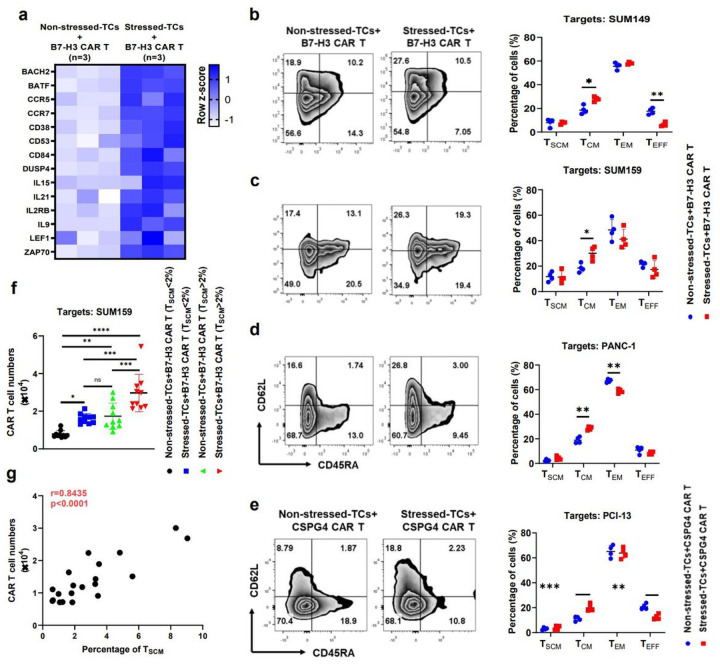Figure 2. DSF/Cu+IR–stressed cancer cells drive phenotypic switch in CAR T cells with early memory-like characteristics.
a, The heatmap shows differences in memory T cell-associated genes between B7-H3 CAR T cells co-cultured with non-stressed SUM159 tumor cells vs. DSF/Cu+IR-stressed cells (n=3). b, c, d, e, Phenotypic analysis of CAR T cells with markers CD45RA and CD62L after in vitro reprogramming by 72h co-cultured with target cells: SUM149 (b), SUM159 (c), PANC-1 (d) or PCI-13 (e). The frequencies of stem cell memory (TSCM, CD45RA+CD62L+), central memory (TCM, CD45RA−CD62L+), effector memory (TEM, CD45RA−CD62L−), and effector (TEFF, CD45RA+CD62L−) T cells in different groups are shown (n=4). f, The number of in vitro expanded CAR T cells from metastatic breast cancer patient-derived PBMCs show higher preexisting percentages of TSCM (n=10) vs. lower percentages of TSCM (n=10) after reprogramming by 72h co-cultured with stressed vs. non-stressed target cells (n =10). g, Positive correlation between in vitro expansion capacity of CAR T cells and preexisting percentage of TSCM cells in PBMCs (n=20) determined by Pearson r correlation (two-tailed). Data are shown as the individual value and the mean ± SD. ns represents no Significant difference. * p<0.05, **p<0.01, ***p<0.001, ****p<0.0001.

